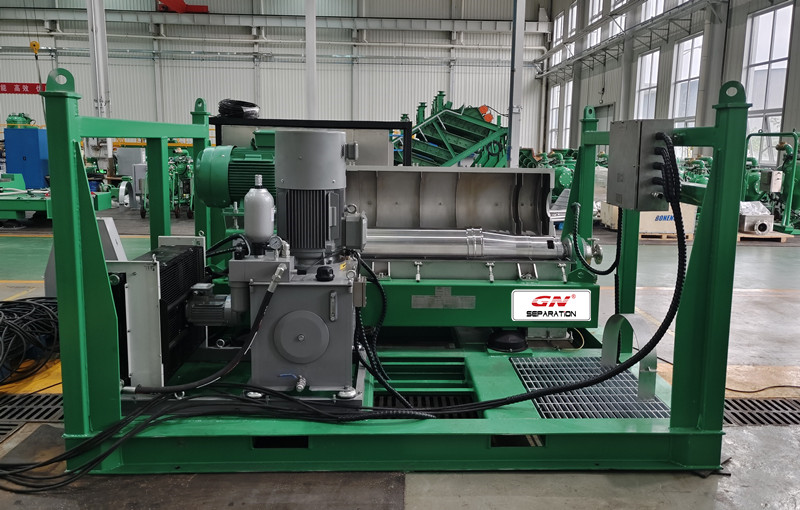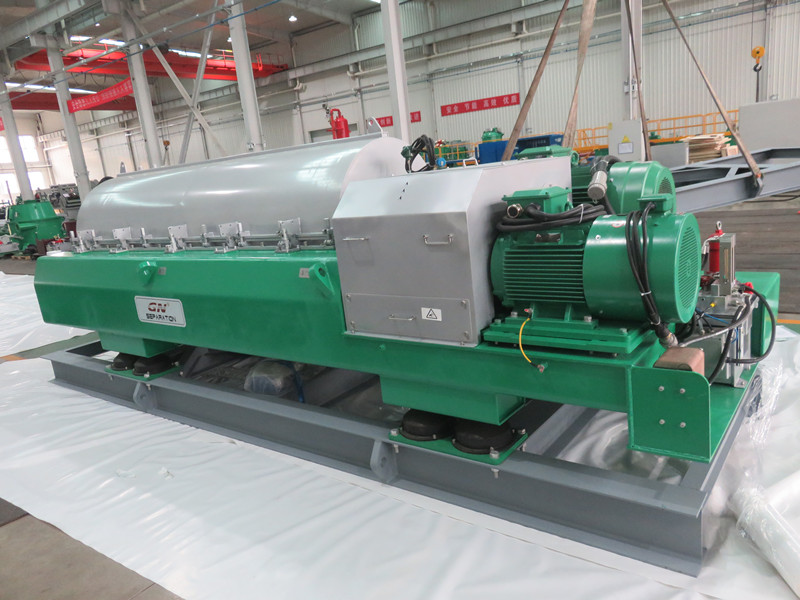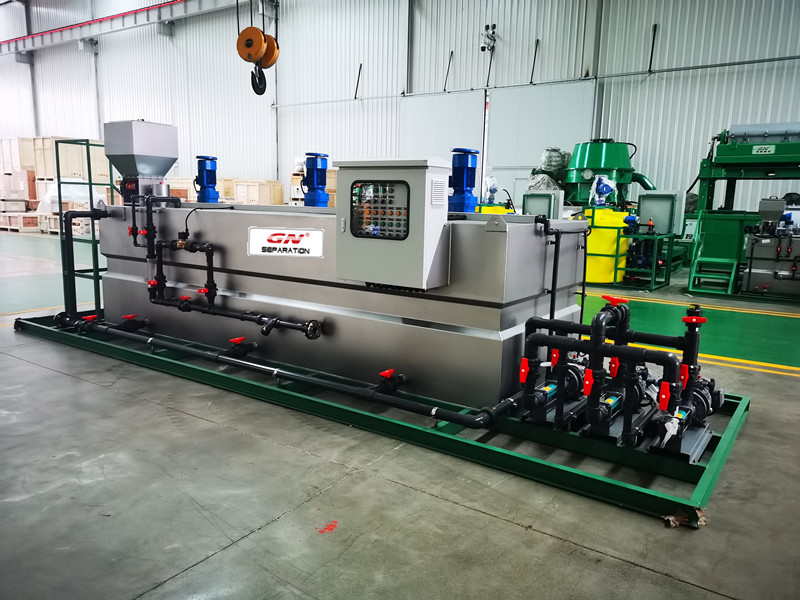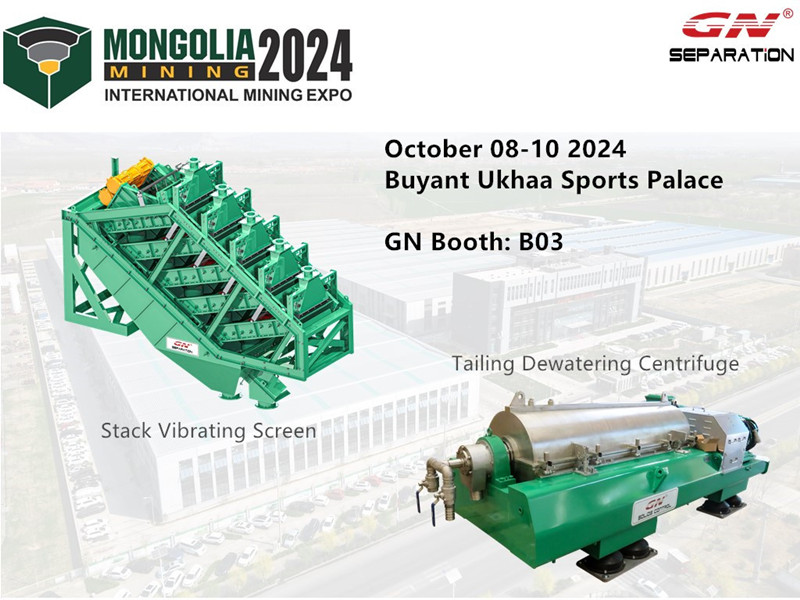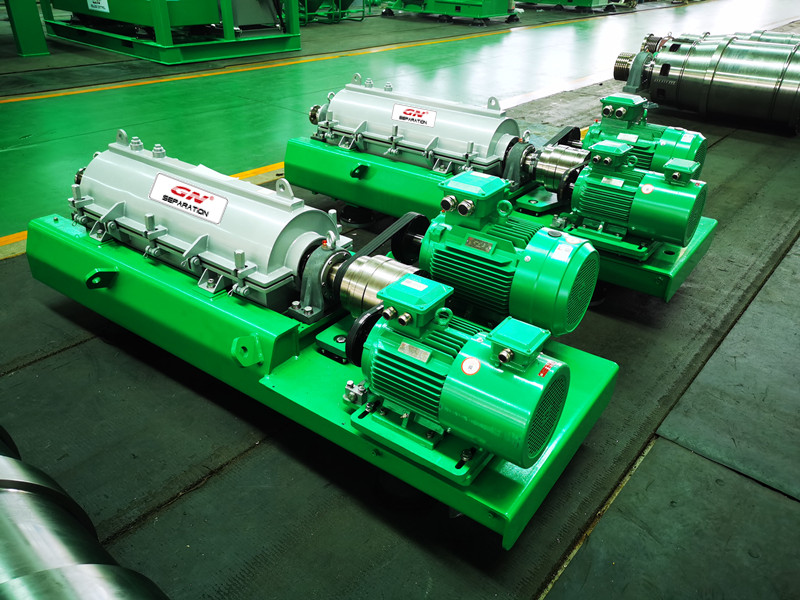It’s very important to protect the decanter centrifuge from the corrosion problems. GN separation is professional in manufacturing and maintaining decanter centrifuges. After the warranty period of decanter centrifuge, the corrosion defects and their treatment methods are as follows:
- Pitting corrosion, the following three conditions are minor, so they can not be dealt with temporarily.
1) Large pitting corrosion zone, but no cracks;
2) For scattered corrosion pits, the maximum corrosion depth has not exceeded half of the wall thickness value (not including the calculated thickness of the corrosion margin) required for the calculation of the strength of the vessel;
3) There is no serious chain pitting in the scattered pitting area.
- There are three treatment methods for single corrosion defects under the skin of the decanter centrifugeand individual pit corrosion defects with an area less than 40mm.
1) When it is shallow, you can leave it alone
2) When it is deeper, the sanding method can be adopted, but the wall thickness should meet the strength requirements after sanding;
3) If the strength requirements cannot be met after grinding, surfacing treatment should be used.
- When several large pits with a single area diameter of not more than 40mm exist at the same time, there are two situations.
1) When the distance between two adjacent defects is greater than 120mm, they can be treated as individual pit corrosion defects;
2) When the distance between two adjacent defects is less than 120mm and greater than 50mm, and the corrosion depth does not exceed 60% of the wall thickness, surfacing treatment can be used.
- When the local corrosion defect of the centrifuge does not affect the strength requirement and the area is large (such as large area spots or ulcerative corrosion), it can be treated with metal spraying.
- The local uniform corrosion defects of the centrifuge can be dealt with according to the following three conditions.
1) The corrosion area can be large or small, as long as the depth of the defect does not exceed 40% of the original thickness of the wall, surfacing can be used;
2) When several uniformly corroded defects exist at the same time, the area of a single piece is not greater than 50mm*50mm, and the distance between two adjacent corrosion areas is greater than 50mm, and the depth of the defect does not exceed 60% of the original thickness of the wall, it can be surfacing;
3) When there are too many corroded pieces or the distribution is too wide, cut and repair or replace the defective tube section or tube body can be used.
- The overall uniform corrosion defect of the centrifuge is the least dangerous kind of corrosion defects. Generally, only anti-corrosion measures are used and no other treatments are performed.
- The intergranular corrosion defect is one of the most dangerous defects. For this type of defect, preventive measures are mainly taken. Otherwise, this type of defect can only be replaced as a whole.
